Keep Exploring
To celebrate Seed Savers Exchange's 50th anniversary, we are featuring the work and inspiration of Exchange listers in the "Hope and Practice" series.
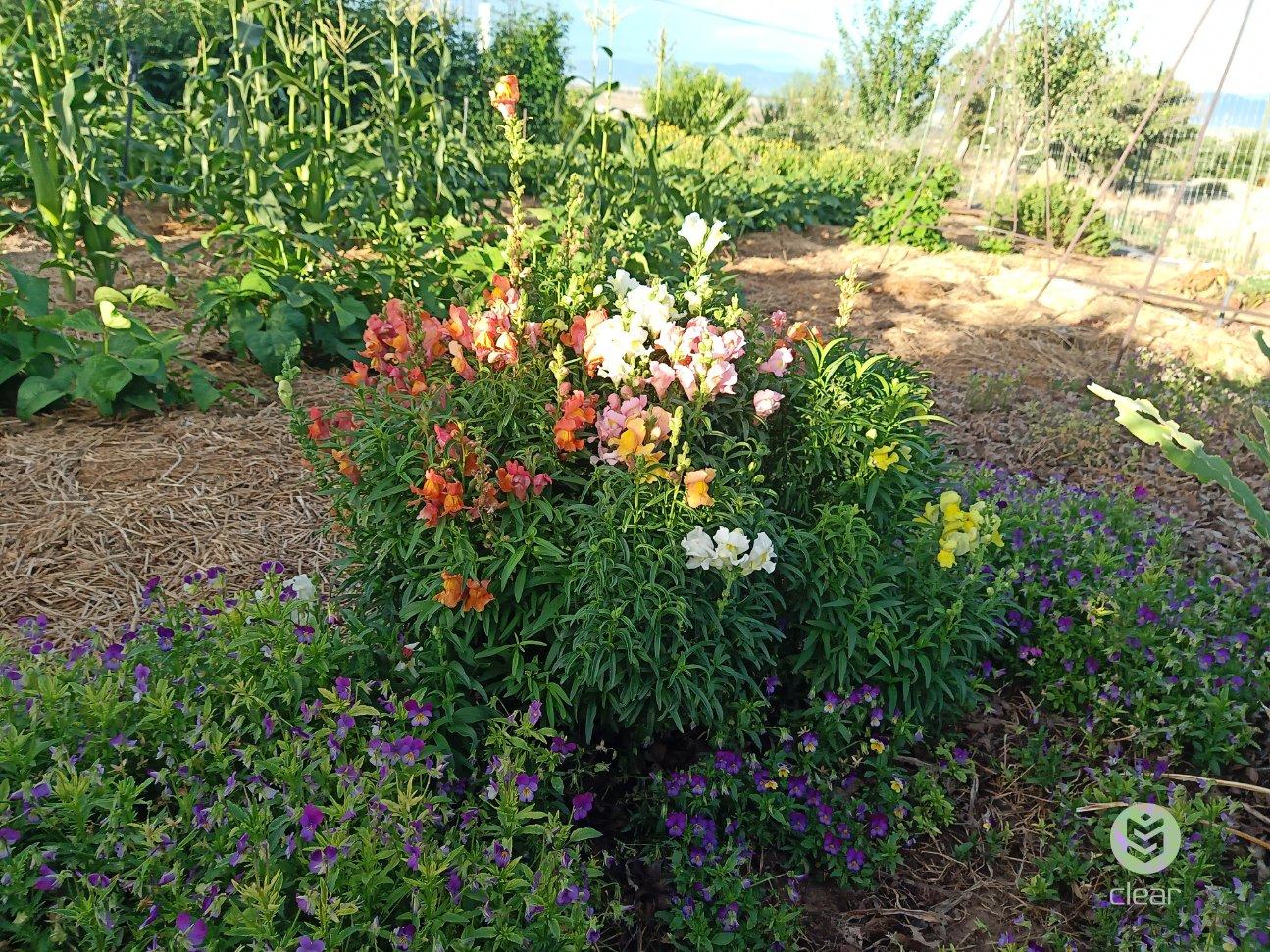
Jane Frandsen, Exchange lister, recounts why and how she began saving seeds.
‘Seeds Are Amazing Things’
Back in 1990, I was dissatisfied with some pole bean seeds I purchased directly from a seed company. The beans didn’t seem to be true-to-type. That same summer, my 11-year-old son found a volunteer bean plant from the previous season growing in between my rows of tomatoes. I had my hand on it ready to pull it out when Jon said, “Wait, Mom! Can I have it for ‘my’ bean plant?” “Well, OK,” I replied. “But you’ll have to make a pole for it to climb and take care of it.”
Jon loves green beans, and he picked and ate them most of the summer. But toward fall, he missed a few days of picking, and I noticed his beans getting over-mature. “They don’t taste good anymore,” he said. “So I asked, ‘Can I save them for seed?’” He replied, ‘OK.’”
They were beautiful ‘Blue Lake,’ true-to-type. And from that one volunteer plant, I have kept this variety going for 33 years. These beans are beautiful every year!
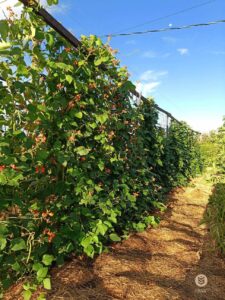
As the years went by, I saved seeds from other easy plants, such as arugula, cilantro, mizuna, and many varieties of beans. I enjoyed the feeling of freedom and empowerment I felt, knowing I could perpetuate any variety forever!
I read Suzanne Ashworth’s wonderful book, Seed to Seed, from cover to cover. The idea of saving seeds grew on me year by year. At the same time, conditions in the world made me realize that our food sovereignty, genetic diversity, old farming wisdom, and many of our freedoms were all being eroded.
I could see how valuable this skill would be for our very survival in the uncertain days that lie ahead. There may come a day when we will barter back and forth, and having extra seed to share would be very valuable.
I have found that when you grow a crop specifically to get seeds, you almost always have way too many! Seven years ago, I grew a crop of onions for seed. I started with 35 large onions, and I ended up with over one quart of seed. That is a lot! I’ve been storing all my seeds in the freezer, so these onion seeds will last me the rest of my life!
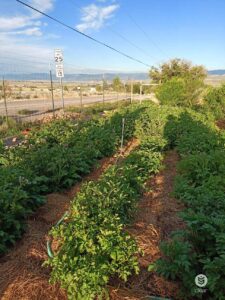
The last few years, I have been learning about true potato seed (TPS). I saved some TPS back in 2010 from my own garden, but never tried planting them. So in 2022, I ordered some TPS from Curzio Caravati of Wisconsin. He was good enough to spend a whole hour with me on the phone explaining how to grow them.
That year, I planted his seed along with some from my 2010 garden, 72 plants in all. It was so fun to watch those tiny little potato plants grow! That fall I got a five-gallon bucket full of mini-tubers—way too many!
Then last season (2023), I planted those and harvested an amazing crop of full-sized potatoes of all colors. The great thing is, we will never have to rely on an outside source for our potatoes ever again. This is a big thing for us, because we love potatoes, and wouldn’t ever want to be without them. In years past, seed potatoes cost more than all my other seed costs combined. Truly, out of small things, great things can come.
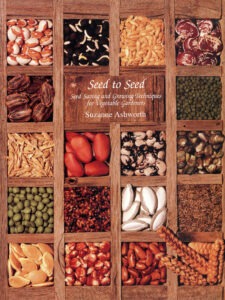
My advice for seed-saving beginners—get Suzanne Ashworth’s book. Start with easy varieties—just one or two each year—and saving seeds will grow on you, too.
Seeds are amazing things! I love this saying I once heard, “You can count the seeds in an apple, but you can’t count the apples in a seed.” This is why I love saving seeds.
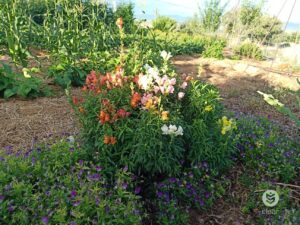
Jane Frandsen of Fairview, Utah, is offering 63 varieties through the Exchange in 2025.
When you make a purchase from Seed Savers Exchange, you help fulfill our nonprofit mission to protect our food and garden heritage.

Also called ‘Black Crimea,’ this variety was introduced to Seed Savers Exchange by Lars Olov Rosenstrom of Sweden, and was originally from the Crimean peninsula in the Black Sea. Plants produce beefsteak fruits that are a unique combination of violet-brown and purple-red, and they turn almost black with sufficient sunlight and heat. ‘Black Krim’ has an excellent full flavor. Get seeds here!
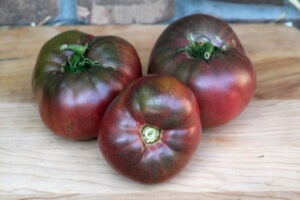
This variety was introduced by Seed Savers Exchange member Craig LeHoullier of North Carolina in 1991 from seed obtained from J. D. Green of Tennessee. Plants produce uniquely colored dusty rose-brown fruits that weigh up to 12 ounces. ‘Cherokee Purple’ is one of SSE’s top sellers and has delicious, sweet flesh. Get seeds here!
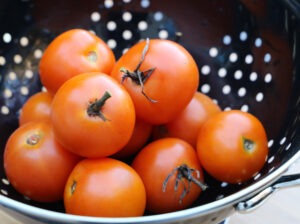
Also known as ‘Flamme,’ this beautiful tomato originated with Norbert Perreira of Helliner, France and was commercialized by Tomato Growers Supply Company in 1997. Plants produce early crops of apricot-colored 4 ounce fruits borne on elongated trusses. ‘Jaune Flamme’ has an excellent fruity flavor with a perfect blend of sweet and tart. This variety is great for drying or roasting, and retains its deep orange color. Get seeds here!
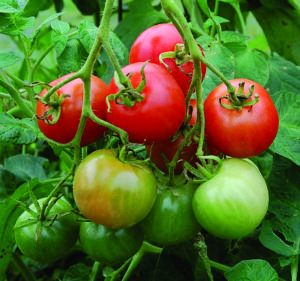
This variety is one of four tomato varieties sent to the U.S. from the former Czechoslovakia by Milan Sodomka. Compact plants with potato leaf foliage are loaded with clusters of 2 inch fruits. ‘Stupice’ is quite early, has great flavor, and heavy yields all season. It also produces well in northern climates. Get seeds here!
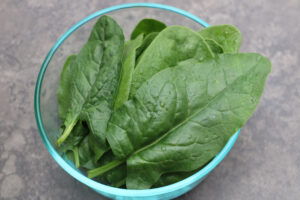
This variety was developed in 1874 by D. Landreth & Sons seed company of Philadelphia. It produces vigorous upright plants with dark green, glossy, savoyed leaves. ‘Bloomsdale’ is fine quality and very tender, with excellent flavor. It is a quick-growing spinach variety with heavy yields and is slow to bolt, well adapted for late spring or summer plantings. Get seeds here!
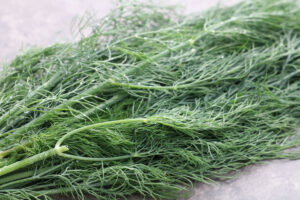
This widely grown dill variety is a prolific producer of edible flowers, leaves, and seeds, all of which can be used for flavoring everything from pickles and salads to sauces and condiments. The early-maturing, self-seeding plants have dark-green leaves, 6 inch flowering umbels, and an intoxicating scent. Get seeds here!
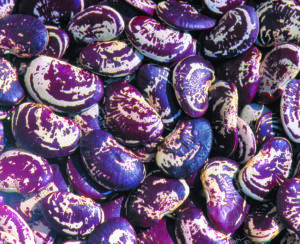
Also known as ‘Large Speckled Calico,’ this variety was first cultivated in the United States around 1840 and produces beautiful, quarter-sized, flat white seeds with maroon spots and swirls. It has rich flavor and can be used as a shell lima or dry. Each plant has heavy yields and bears even during extreme heat. Get seeds here!
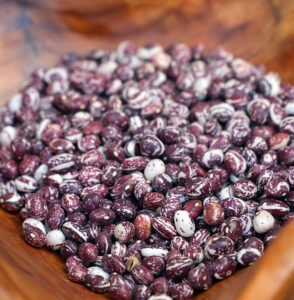
This variety is one of the 1,186 beans given to Seed Savers Exchange in 1981 by bean collector John Withee of Massachusetts. Named for Carrie Belle Stallard of Wise County, Virginia, this variety dates to at least the 1930s. Very productive plants bear maroon beans splashed with white, with 5-6 seeds per pod. ‘Good Mother Stallard’ has a wonderful, rich, meaty flavor, and is great for soups. Get seeds here!

Also known as ‘Bicolor Runner’ and ‘Painted Runner,’ Friar Antonio de Arrabida first described this species in Flora of Rio de Janeiro in 1827. This variety bears incredibly beautiful bi-colored blossoms that are very attractive to hummingbird moths. This strain is less affected by warmer temperatures than other runner beans and is a prolific bloomer. ‘Painted Lady Improved’ is highly esteemed as both an ornamental and edible climber. Get seeds here!
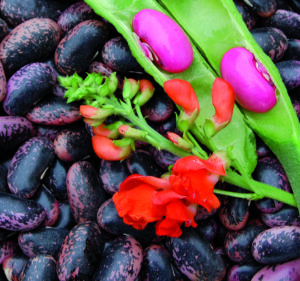
One of the oldest runner beans in existence, this historic variety was already well-known in 1735, according to The Gardener’s Dictionary by English botanist Philip Miller. It was listed in America as early as 1806 by McMahon. ‘Scarlet’ runner bean can be used for ornamental purposes or as a vegetable as small snap pods or green shell beans. It can also substitute for limas in cooler climates. Get seeds here!
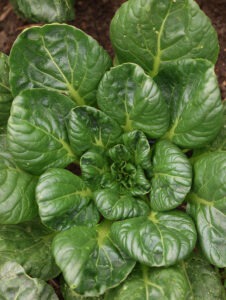
The rounded emerald leaves of this vigorous Asian green form an attractive compact rosette. Its mild flavor sharpens as the leaves mature. Popular at 21 days as a mild baby green for salads, it is also excellent once mature added to soups or stir-fries. Cut leaves as needed at any stage or harvest the whole head. Get seeds here!
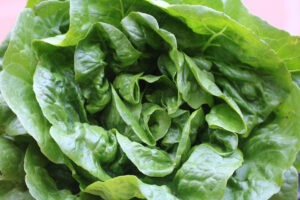
Also known as ‘Craquerelle du Midi,’ this Bibb-romaine lettuce variety bears sweet, crisp leaves and is slow to bolt in the summer heat. It is also cold-tolerant. Bred in England, ‘Winter Density’ plants form upright 8-10 inch heads bearing large, dark-green, curled leaves. Get seeds here!
Keep Exploring
To celebrate Seed Savers Exchange's 50th anniversary, we are featuring the work and inspiration of Exchange listers in the "Hope and Practice" series.